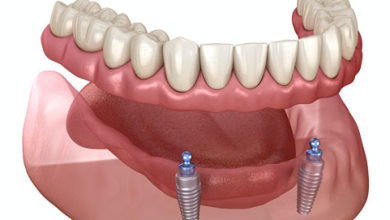
How much does it cost to be a member of Clover Health?
Most Clover Health Medicare Advantage plans do not have a monthly plan premium, which means that after you pay your monthly Part B premium, you will not have to pay any additional premiums. Your monthly Part B premium is paid directly to Medicare. Usually by deduction from your Social Security check.
We understand that cost is a determining factor in your health care options. The total amount you will spend on your health care goes beyond your monthly premiums. The amount you pay in copayments and coinsurance when you receive medical care and at the pharmacy can be a large part of your financial responsibility. To more accurately calculate the costs of each of your drugs, please refer to our formulary. You can also find out the cost-sharing for medical services you use in the Evidence of Coverage. You can ask a provider for an estimate of your financial responsibility.
What is the difference between copayment and coinsurance?
Copayments and coinsurance are two different types of cost-sharing that are used in our plans to define your financial responsibility for covered services or items. A copayment is a fixed amount of money you pay for a covered benefit. Your plan pays the remaining cost. Coinsurance is the percentage of the total cost that you pay for a covered service or item. The plan pays the remaining amount.
What is an explanation of the benefits?
An explanation of benefits (EOB) is the activity history of claims that your doctors or other providers send to Clover Health. If you receive a bill directly from the provider requesting payment, please contact Member Services so we can clarify whether or not the bill is your responsibility.
Is there a way to lower my health care costs?
Extra help is available for Medicare beneficiaries who require assistance paying for their care. We will be happy to help you learn more about the resources available. Depending on your situation, LIS (Low-Income Subsidy), SPAP (State Pharmaceutical Assistance Program), discount programs, Medicaid, and state premium assistance programs, Like SLMB (Specified Low-Income Medicare Beneficiary), can help you reduce your costs. To find out what programs are available in your area and how to apply.
Depending on your plan, the numbers may vary, but the important thing is that you understand how it works. In this example, your out-of-pocket maximum of $ 6,350 is much less than a hospital bill of $ 150,000.
Example:
Here’s an example. You have a plan with a $ 3,000 annual deductible and 20% coinsurance with an out-of-pocket maximum of $ 6,350. You didn’t have medical expenses all year, but then you need surgery and a few days in the hospital. The total hospital bill can be $ 150,000.
You will pay the first $ 3,000 of your hospital bill as your deductible. Then your coinsurance begins. The health plan pays 80% of your covered medical expenses.
When you reach your yearly out-of-pocket maximum, your health plan will pay your covered medical and prescription drug costs for the rest of the year.




